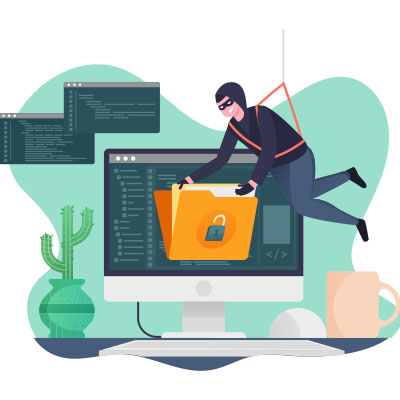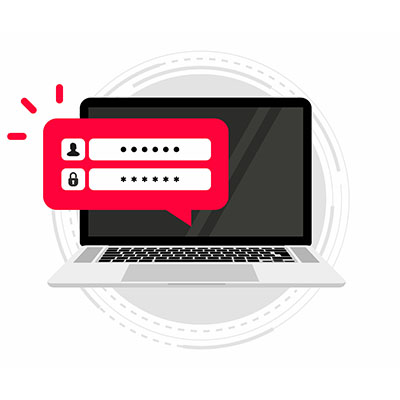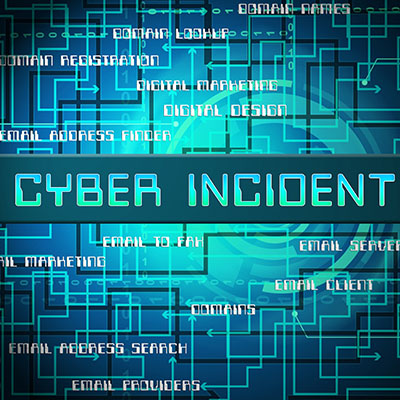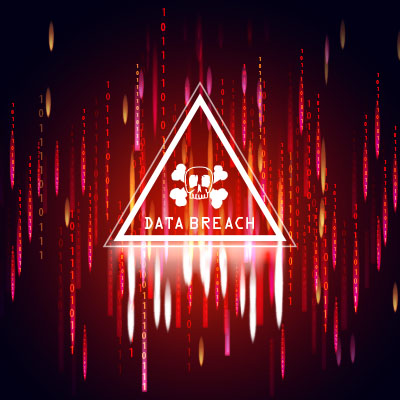There has recently been a surge in cyberattacks and data breaches targeting the healthcare industry and its affiliated businesses and vendors. With one such attack currently featured prominently in the headlines, it seemed appropriate to consider why this is and what businesses of all kinds—particularly those in healthcare—need to do to prevent this kind of thing from happening to them.
Ensuring cybersecurity is important for individuals both in their professional and personal lives. Hence, I’ve compiled a set of cybersecurity practices that you should advocate for your team, especially when they’re working remotely or during their personal time.
Are you prioritizing your business’ network security? It’s remarkably important that any modern business focuses its efforts on this aspect of running a company. Still, it can be challenging to implement the right tools for the job—particularly if you are a future-minded business. You want to get the best return on your investment, which makes sense. Let’s help you get there.
It seems like with every day that passes, there is a new sinister cyberthreat to worry about, and it’s crucial that businesses learn as much as possible about how to keep themselves safe as they can. There is simply too much at stake not to. That said, there are broad categories that most threats will fall under. Today, we’re going to explore them.
Our digital footprint is extensive and vulnerable, from personal information to financial details. While many may believe they are impervious to data theft, the stark reality is that no one is truly immune. Today, we will take a look at a couple of reasons why individuals, regardless of their experience with technology, are not exempt from data theft.
The password is the number one data protection strategy used in computing. It’s strange, however, how many times a weak password is the cause of data breaches and other situations that can hurt a business. In today’s blog, we go through some of the best password creation tips that will allow you to better secure your individual and business data.
If you are like many of the rest of us, the thought of losing your phone is a situation that brings on anger and fear. If your phone has been stolen, there are several steps you have to take to mitigate potential risks and increase the chances of recovering your device. Here’s a general guide.
Small and medium-sized businesses largely rely on their standing amongst their audience, which means their reputations are critically important to preserve. Unsurprisingly, one of the fastest ways to damage—if not eliminate—their reputation amongst the public is to suffer a cybersecurity event. Let’s examine some statistics, and consider what you need to do to keep your business from becoming one.
Technology and digital tools are a hot topic on our blog, but where there is technology, there is also data… and where there is data, there will be hackers trying to steal it. Data breaches are a common thread in all industries, and to prove this, we have put together six of the most notable data breaches from 2023. We hope you can learn a thing or two from them!
In this blog, we continuously try to caution individuals against clicking on suspicious links, but distinguishing between a genuine URL and a questionable one has become increasingly challenging. Malicious tactics have evolved, making it imperative for everyone to remain vigilant. These threats are pervasive, coming from various directions. This discussion will focus on a single punctuation mark that can help determine whether a link is genuinely safe or potentially perilous.










